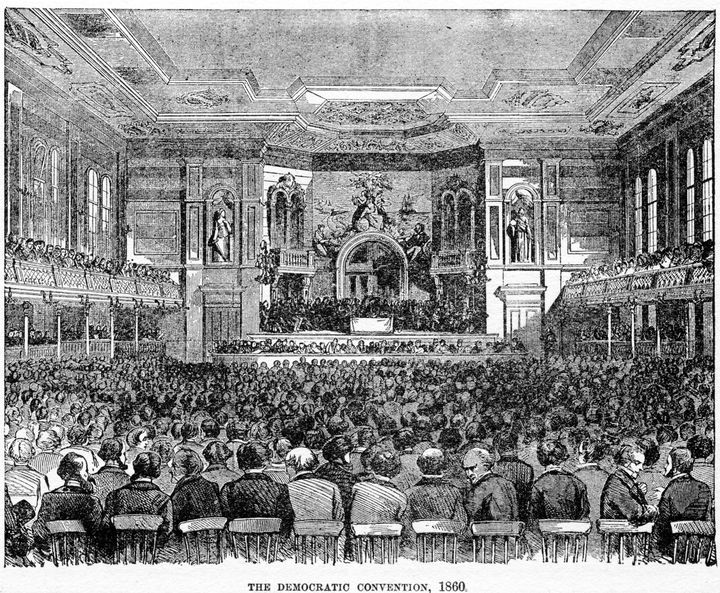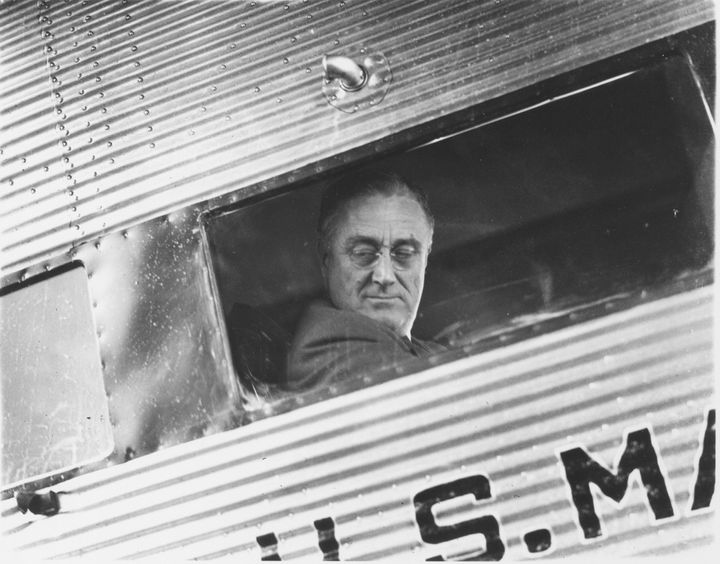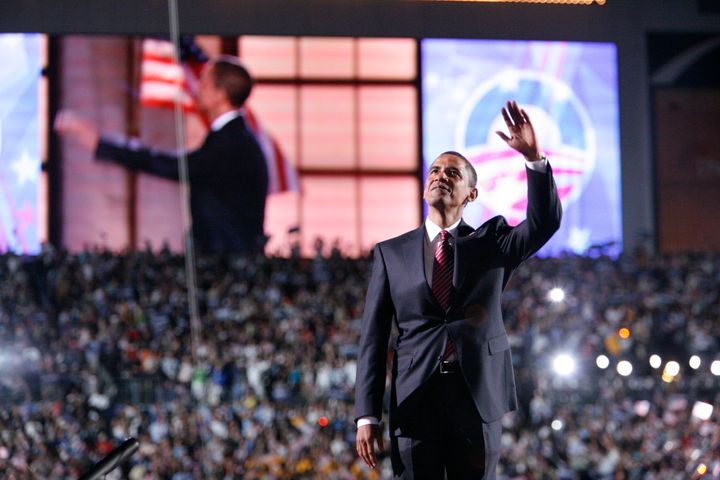As we prepare for the 47th Democratic National Convention in Philadelphia, we look back on 184 years of convention history.
During the first gathering in Baltimore in 1832, the party, then known as “Republican Delegates from the Several States” officially became known as the Democratic Party, according to the Library of Congress.
Much has changed since then, but this year’s meeting is poised to mark yet another milestone as Hillary Clinton is expected to be the first woman presidential nominee on a major party ticket. Here’s a look at some of the most interesting changes and historic moments over the years.
1835 (Baltimore): The second convention was held only three years after the first. It occurred one and a half years before the 1836 election to dissuade potential opponents to Vice President Martin Van Buren, who was President Andrew Jackson’s hand-picked successor.
1840 (Baltimore): This was the first Democratic convention that adopted a party platform. It included language about the role of the Constitution and states’ rights, declared that slavery was an issue for states to decide and opposed creation of a national bank.
1852 (Baltimore): The nomination balloting lasted two days and stretched to 49 ballots, resulting in the coronation of Franklin Pierce, who had agreed to throw his hat in the ring if there were a deadlock.
1856 (Cincinnati): The seventh Democratic convention was the first not held in Baltimore.

1860 (Charleston, South Carolina): The convention ran for 11 days but ended without any nominations after a number of Southern delegates left because of a dispute over the party’s slavery platform. Less than two-thirds of the original delegates reconvened in Baltimore the next month to select nominees, and the Southern Democrats who had walked out met later to choose their own nominees.
1872 (Baltimore): The Democratic Party didn’t nominate its own candidate this year, but rather endorsed the presidential and vice presidential candidates of the Liberal Republican Party, in a move aimed at defeating President Ulysses S. Grant. (He won re-election anyway.) The convention lasted just six hours, though that was spread over two days.
1896 (Chicago): William Jennings Bryan of Nebraska roused the crowd, delivering a ferocious attack on the gold standard that is remembered as one of the greatest political speeches of all time. “You shall not crucify mankind upon a cross of gold,” he roared. He secured the presidential nomination on the fifth ballot the following day.
1900 (Kansas City, Missouri): The first woman delegate, Elizabeth M. Cohen of Utah, appeared at the convention.
1924 (New York City): The 16-day convention was the longest in American history. Delegates voted in 103 ballots before deciding on the presidential nominee.

1932 (Chicago): Traditionally, the party nominee waited at home to be informed of the nomination ― and sometimes didn’t hear the news until weeks later. But Franklin D. Roosevelt flew from New York to deliver an acceptance speech at this convention. In his speech, he spoke of a “new deal” with proposals to reduce unemployment.
1936 (Philadelphia): Roosevelt once again appeared at the convention. He pushed for a rules change so the nominee needed only a majority of the delegates as opposed to two-thirds.
1948 (Philadelphia): Disagreement over the party’s position on civil rights led the Mississippi delegation and part of the Alabama delegation to withdraw from the convention. The departed delegates later met with other Southern Democrats to form the States’ Rights Party and select their own presidential candidate.
1964 (Atlantic City, New Jersey): Mississippi’s delegation to the convention consisted of only white delegates since African-Americans were blocked from registering to vote in Mississippi. The Mississippi Freedom Democratic Party sent an integrated delegation to protest this. Two at-large seats were offered to that delegation as a compromise.

1968 (Chicago): Riots raged outside the convention, fueled by anger with President Lyndon Johnson’s Vietnam War strategy and the recent assassinations of Martin Luther King Jr. and Robert Kennedy. Also this year, a rule change allowed delegations to split their votes among candidates for the first time.
1980 (New York City): A rule up for a vote at the 1980 convention bound delegates to vote for the candidates they were pledged to via primaries and caucuses on the first ballot. However, Sen. Edward Kennedy, who was running for the nomination, tried to prevent this rule from being adopted. When Kennedy’s attempt failed, he removed his name as a potential nominee.
1984 (San Francisco): This was the first convention in which superdelegates played a part, making up about 14 percent of the ballots with party leaders and elected officials. The vice presidential pick, Geraldine Ferraro, was the first woman on the ticket of either major party.

2008 (Denver): Barack Obama became the first African-American presidential nominee from a major party.
2016 (Philadelphia): Clinton is poised to become the first woman presidential nominee on a major party ticket. We’re about to find out what else is in store for this year.
A version of this story was originally published May 21, 2016.

